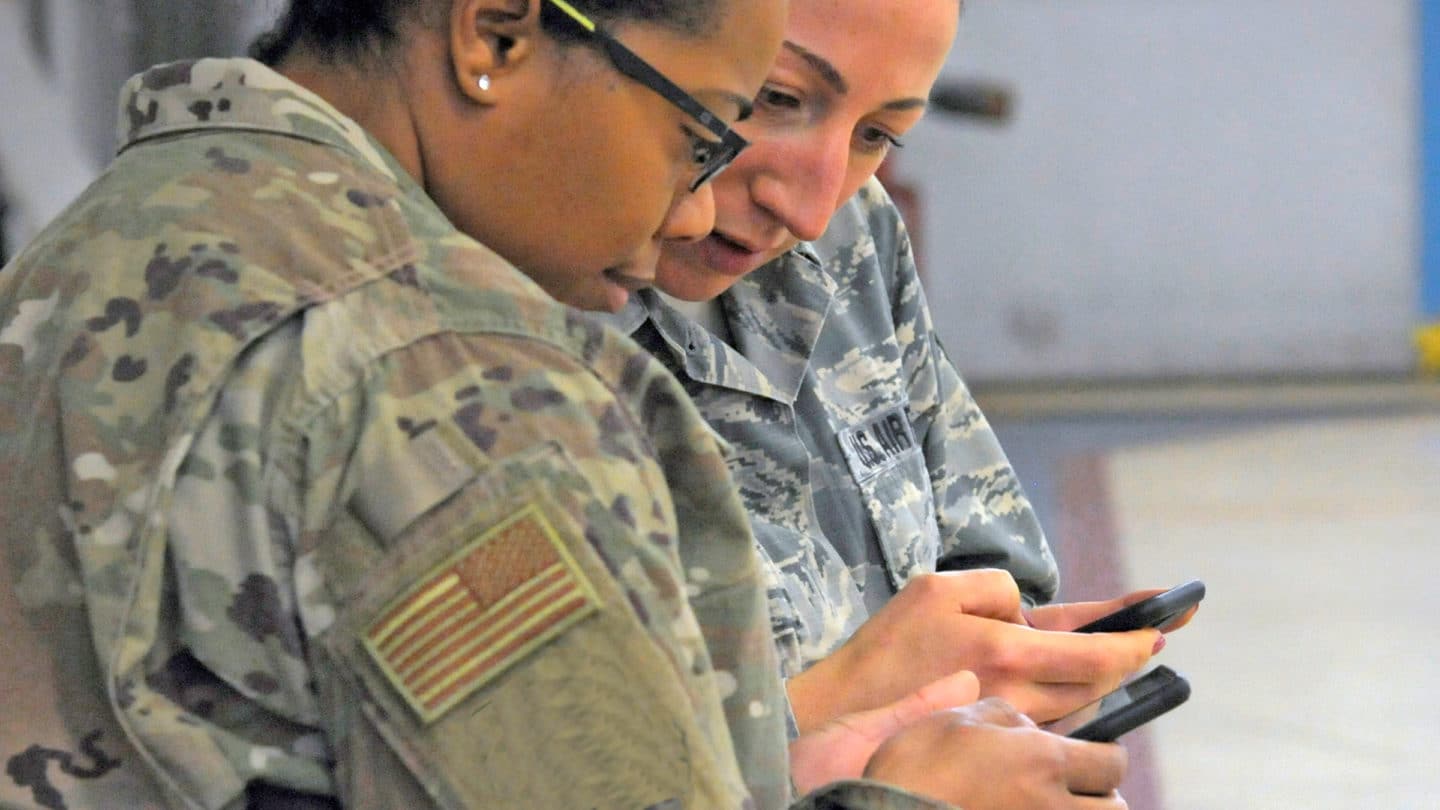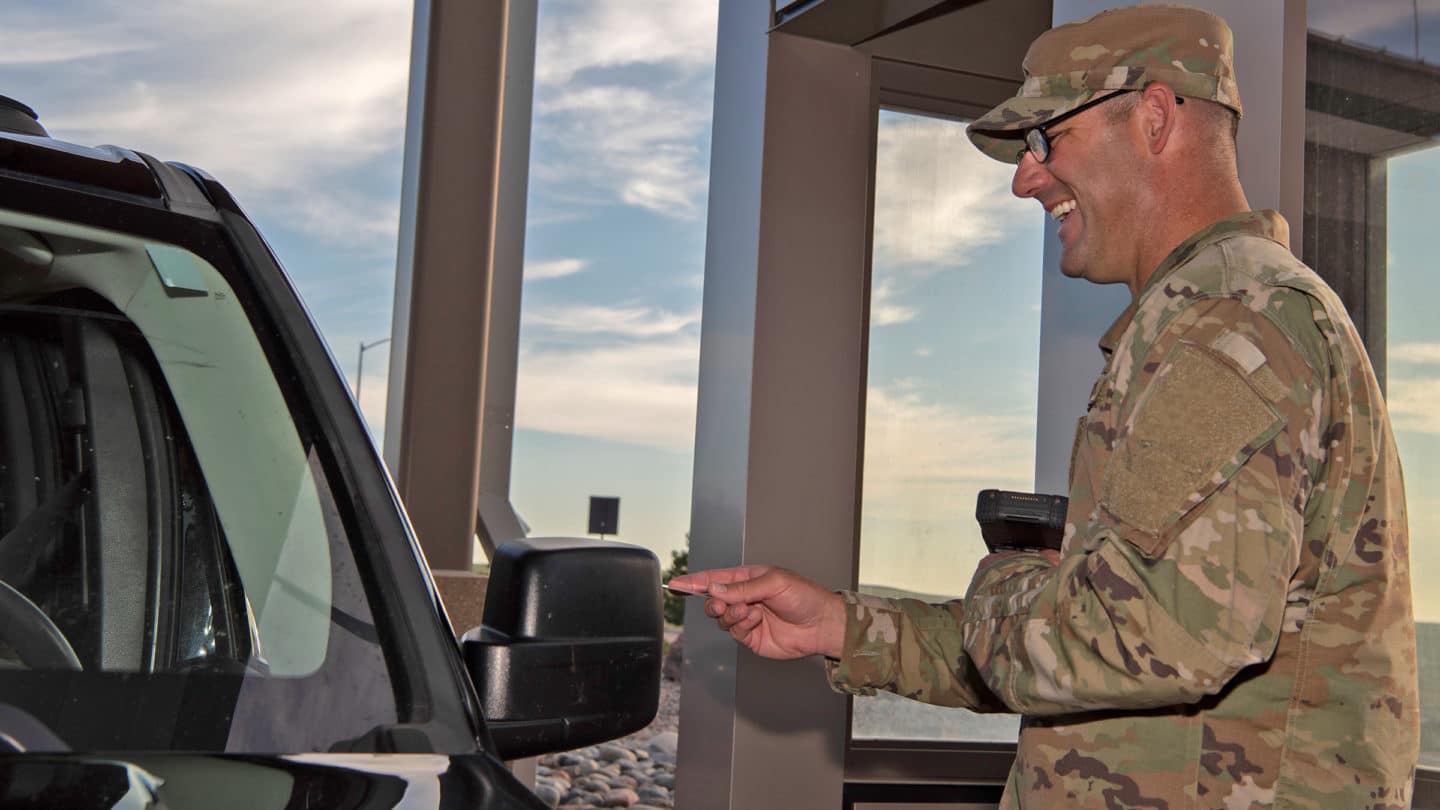If you’re getting ready to PCS, you’re probably curious about your new duty station.
Thanks to the world wide web and a variety of other resources, you can gather your own intel on your next command. From social media feeds to calling up the command itself, you can pretty much get all the details you need — virtually or otherwise — about your next base before you even arrive. This is especially helpful if you’re unable to visit the location prior to moving, which is often the case for first-time PCS moves.
Remember, each duty station has its own unique amenities, local perks, sights, and culture. By learning as much as you can prior to arriving, you’ll settle in much faster.
Ready to learn how to get the nitty-gritty on your next duty station? Read on!
1. Hit up Google

As with most things in life, you can probably find a lot of information online about your new duty station. Google the name of your specific U.S. military installation for best results. And since you won’t spend all of your time on base, take some time to look into what there is to do in the actual area as well.
Some specifics you may want to look up:
- Nearby attractions
- Medical care centers
- Schools
- Easy day trips
- On-base amenities
- Larger nearby cities
The most reliable resources will be the command’s official web page and anything published by the Department of Defense (DoD). For a less formal look into the local scene, check out local news stories, visitor center blogs, and apps like Nextdoor and Yelp.
2. Contact the Family Center at Your New Station

Whether you’re married with kids or not, be sure to contact your family support center at your new duty station. The staff will be able to help you with relocation assistance and learning about what amenities your new base has prior to arrival.
Programs and services vary by branch, but you can generally expect:
- Relocation assistance
- Transition assistance
- Life skills classes
- Emergency response help
- Deployment services
- Child and youth services
Anytime you want to learn about programs, events, or special benefits you receive as a military family, be sure to stop by your family center on base upon arrival.
3. Look at Your Branch’s Official Website

Since the Department of Defense runs the bases, it only makes sense to go straight to the source for the best information.You may want to look at your branch’s U.S. military installation locator on the official branch website for specific details of your new base.
Below are the websites for each branch:
Some sites, like the Air Force one, are super interactive and will take you straight to your new command’s site where you can learn about resources, see recent pictures of activities, and access base contact details.
4. Join Relevant Social Media Pages

Before you join any sort of social media groups, take warning that not all social media pages are created equal. When it comes to online social media feeds, protect yourself from group pages that tend to get gossipy. This is especially common in military spouse groups where the tone can turn into grumbling and command bashing fast.
A few feeds or social media circles to consider joining:
- Official DoD social media channels
- Local chapters of volunteer organizations
- Sandboxx (Facebook, Instagram, or Pinterest)
- Local groups specific to your new area
For the best connections, join the official command social pages and local pages that might benefit you based on your interest. It’s also not a bad idea to follow local news feeds to stay updated on happenings as you get closer to moving to your new destination.
5. Ask Current Leadership for Personal Insight

Before you get sent off to your new duty station, ask senior enlisted and commissioned officers about their experiences at other commands. They might have been to where you’re about to be stationed. You may also find junior-level service members have been there as well.
Get details on a variety of topics like:
- Best restaurants
- Climate
- Crime rates
- Noteworthy historic sites
- Nightlife scenes
- Safe living areas off-base
- Network connections they have
Ask around to get details on must-see places, local attractions, living areas to avoid, and recommendations for everyday services. If you can’t find any of these details from people you know and trust, Google away!
6. Check out the DoD Military Installation Guide

Whether you need details on U.S. military installations or overseas bases, the Military OneSource website is a great resource to check out. While it doesn’t include every individual base, many are listed with a lot of details.
On the site you’ll find installation information like:
- Mission overview
- Base history
- Average climate
- Population details
- Base contact information
- Local community insight
7. Take a Trip

If you have leave time saved up, try and plan a trip out to your new duty station. By doing this in advance, it can help you find your grounding faster upon moving. Get familiar with the area by driving through at various times of day to see when traffic jams happen and also find alternative routes, especially in larger base cities.
A few to-do list items to check off:
- Tour a few apartments/houses off-base
- Take note of areas to avoid
- Meet up with area service members
- Stop by base resources like family support
Don’t do this for temporary duty station moves, though. It probably won’t be worth the expense since a TDY is generally less than 20 weeks.
Explore as Soon as You Can

The more insight you can get about your new duty station, the more excited you’ll be about getting stationed there.
Ideally, you want to try to arrive at your new duty station several days prior to reporting for duty. This will give you time to decompress from your travels and get to know your area a bit better.
Start exploring as soon as you arrive to get the lay of the land, including your base’s amenities. Take time to look into where various buildings are located, including the gym, commissary, shopping centers, and parking garages.
By getting to know the duty station prior to starting work, you’ll feel more comfortable navigating your way through base before you start working again. If you plan to live on base, you’ll quickly familiarize yourself with the areas most important to you.
Getting ready to pick your wish list for your new duty station? Check out our post on the 9 Best Military Bases in the U.S. Based on Lifestyle.





